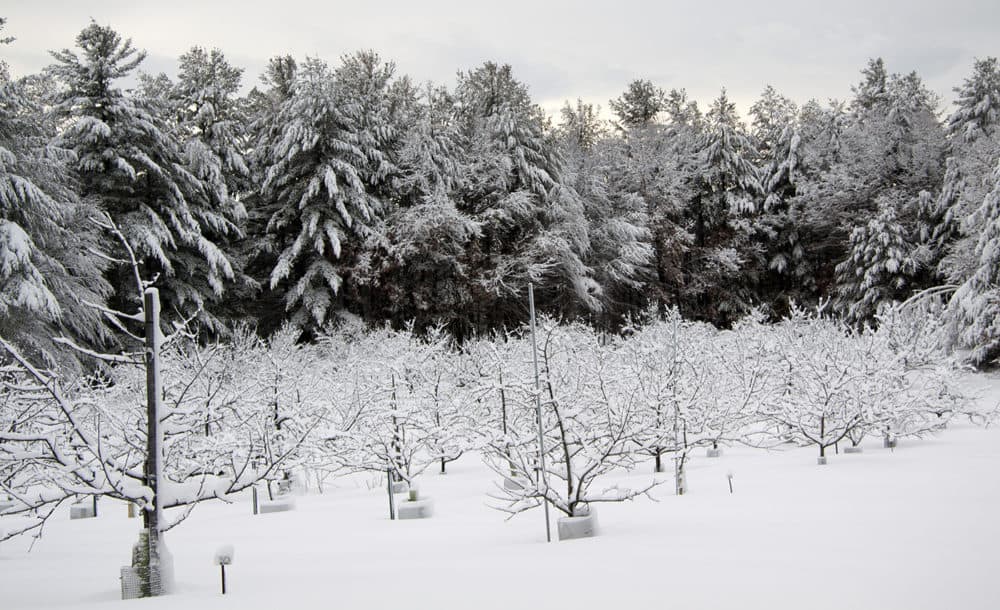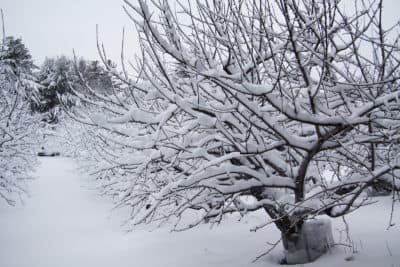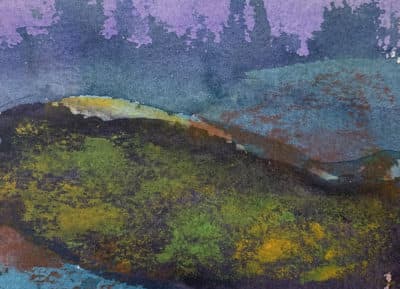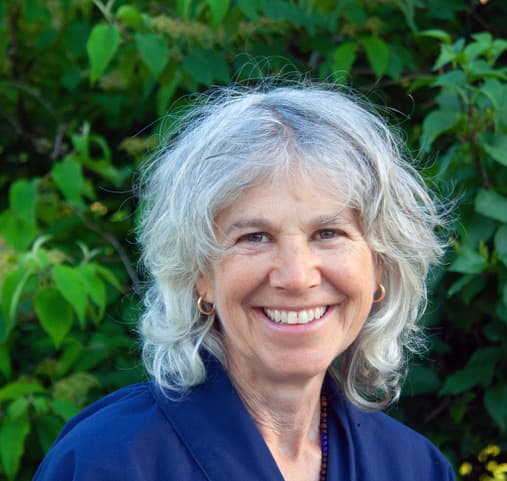Advertisement
Commentary
Fear Not. Even The Coldest, Darkest Winters Bear Fruit

As an apple grower, I watch the buds plump in early April. In May, when they open to blossoms, I pray for warm temperatures to encourage the pollinators. In June, I spray white clay on young fruit to foil the egg-laying of the plum curculio beetle, and in August, I walk the rows and check for newly hatched red-humped caterpillars.
In September, if we survive the early frosts, the late hailstorms and myriad apple pests, we harvest fruit.
These are my seasons. But for the trees, the most important time is right now, the chill time. The time when morning frost coats each blade of grass, when mice and voles scurry, and red-tail and sharp-shinned hawks eye them from above. The trees are dormant and will use their stored energy to keep them alive, like bears through the winter.
The optimal chill time for the trees is not measured by length of slumber, but in the accumulation of cold temperatures. Each apple variety has its own requirement for chill hours. The chill time restrains both leaf and fruit buds from opening before temperatures are safe for their survival. The tree meanwhile is not growing, but resting.

The orchardist gets to do some chilling, too.
I believe the universal clock has taken away our chill hours. Our time is tracked by a mechanism, without reference to the amount of sunlight in each day. Our seasonal rhythms aren’t tied to those of the cosmos like they once were, but are imposed by the great authority of the pendulous medieval clocks. We don’t stop working. We wake our children for Zoom school before the sun has risen and some of us drive to work in the dark.
But what if like the trees in the orchard, we were born with a chill requirement — a time when we needed to rest? What would that look like? From what kind of chill hours would we most benefit?
I purposely close my door during this time. I need to feel the aloneness of not having the public knocking, inquiring about apples, vegetables, honey or visiting our outdoor sculpture exhibit. Without the constant attention from outside, it’s very quiet. A de-stabilizing sensation arises. I am alone. I don’t matter. I’m disconnected from everything I love. I become like the trees with their bare branches, with no blossom admirers, no buzzing bees. Then slowly, as I sit with these feelings, a new sense arises. This, too, is my life. This new reality. And in the process, I connect with a deeper place, with the roots of creativity. I write, I make art and I imagine new and healthier ways to help the trees.
Advertisement
As slow transformations take place underground, we can also uncover new ways to relate to each other, ourselves and the earth.
In these short days of winter, it can be helpful to consider the importance of chill time. Self-reflection can lead to discovery. Are there changes we want to make in our lives? How can we help our nation to heal? Our planet to survive a rapidly warming climate? Chill time might offer some new and creative ideas.
The seeds of apple also need six weeks of cold before they will germinate. That’s why children doing a science experiment put seeds in a jar with a moist paper towel and leave the container in the back of the fridge. The seeds need cold stratification, in other words, some chill. For humans, chill hours all look different. It might be writing, making art, or walking outdoors, singing, cooking a new recipe, or finding our meditation breath.

For a tree to awaken, the dormant period must be followed by warm temperatures. But a chill period that is insufficient will result in an inconsistent bud break. And if temperatures in February break 60 degrees, trees get confused. With global warming, this is becoming a real concern for fruit growers.
Meanwhile, a chill period that exceeds the needs of a tree translates into a stronger bloom. Perhaps this explains why 2015 was a bumper year for apples in New England. We saw over 108 inches of snow in Massachusetts that legendary winter — a record. Across every variety, on cultivated trees and in the wild, branches hung heavy with the brightness and blushes of these autumn beauties. While most of us grew weary and frustrated with the frequency of heavy snowfall and endless cold, the trees appreciated the longer chill temperatures.
For apples, more chill time equals a better crop. For us, living through this terrible time of social isolation, an enforced chill time, may offer us some unforeseen healing, a taste of some surprising new fruit. As slow transformations take place underground, we can also uncover new ways to relate to each other, ourselves and the earth.
